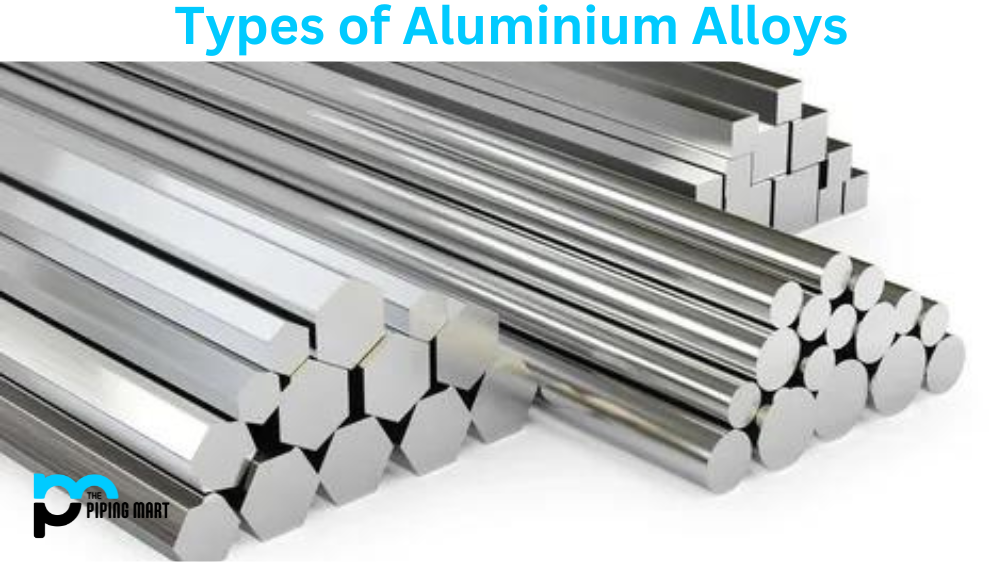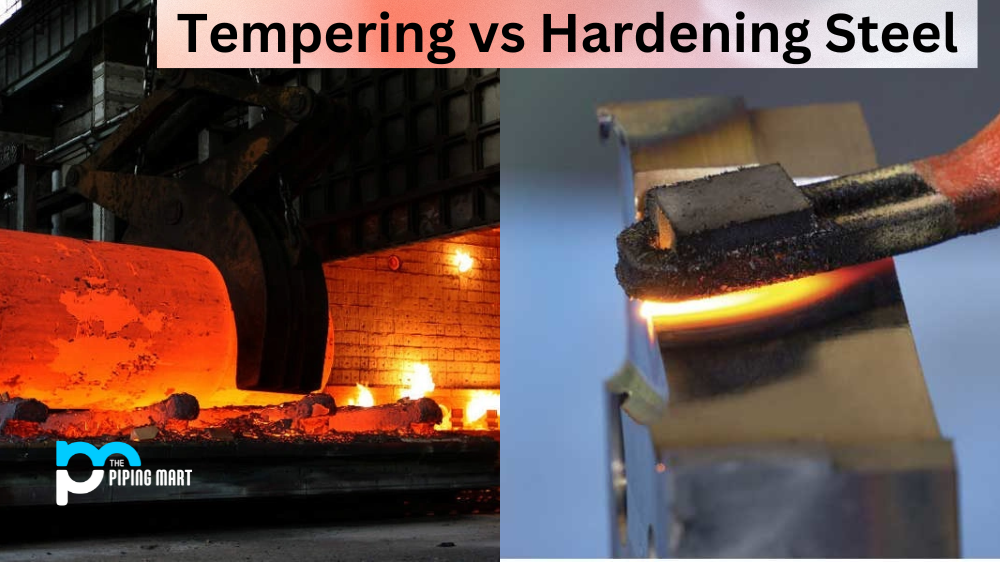Steel is one of the most commonly used materials in the world. It’s used in everything from construction to manufacturing. Many different types of steel are available on the market, but two of the most popular are Japanese and stainless steel. While both types of steel are known for their strength and durability, they have distinct differences that make each unique. In this blog post, we’ll explore the differences between Japanese steel and stainless steel and help you select the best type of steel for your needs.
What is Japanese Steel?
Japanese steel is known for its high quality and excellent craftsmanship. Forged using traditional techniques, Japanese steel is made from a high carbon content, which makes it incredibly strong and durable. It’s often used in producing knives and swords, where precise cutting and sharpness are essential. Japanese steel’s unique structure and composition make it highly resistant to corrosion and wear, making it an excellent choice for tools and machinery exposed to harsh environments.
What is Stainless Steel?
On the other hand, stainless steel is known for its resistance to rust and corrosion. It’s a low-carbon steel that contains at least 10.5% chromium, which forms a protective layer on the surface of the steel, preventing it from rusting. Stainless steel is used in various products, including kitchen utensils, medical equipment, and jewellery. Stainless steel is also highly versatile and can be easily welded, shaped, and formed into different shapes and sizes.
Difference Between Japanese Steel and Stainless Steel
Strength
Both Japanese steel and stainless steel are incredibly strong and durable, but they each have their areas of expertise. Japanese steel is known for its sharpness and precision, perfect for cutting and slicing tasks. Stainless steel, on the other hand, is known for its resistance to corrosion and rust, making it ideal for products exposed to moisture and harsh environments. The strength of each type of steel makes it well-suited for specific tasks, and it’s essential to choose the right type of steel for your application.
Cost
Japanese steel is often more expensive than stainless steel due to the high cost of production and the specialized skills required to create it. On the other hand, stainless steel is widely available and relatively inexpensive. While the cost of the steel is important, it’s also important to consider the product’s long-term value. Japanese steel is known for its longevity and durability, making it an excellent investment for products used over the years.
Which One to Choose
Choosing the right type of steel is important to ensure that you get the best performance and value from your product. If you’re looking for strong, durable steel with excellent cutting performance, Japanese steel is an excellent choice. However, stainless steel is a great option if you need steel resistant to rust and corrosion and easily shaped and formed. Ultimately, the choice between the two types of steel will depend on your specific needs and budget.
Conclusion
Japanese steel and stainless steel are excellent materials with unique benefits and advantages. By understanding the differences between the two types of steel, you can choose the right one for your needs, whether you’re a chef in need of a sharp knife or a manufacturer in need of sturdy tools. Knowing the properties of each steel will help you make the best decision for your application, ensuring that you get the highest quality and longest-lasting product possible.

A passionate metal industry expert and blogger. With over 5 years of experience in the field, Palak brings a wealth of knowledge and insight to her writing. Whether discussing the latest trends in the metal industry or sharing tips, she is dedicated to helping others succeed in the metal industry.




